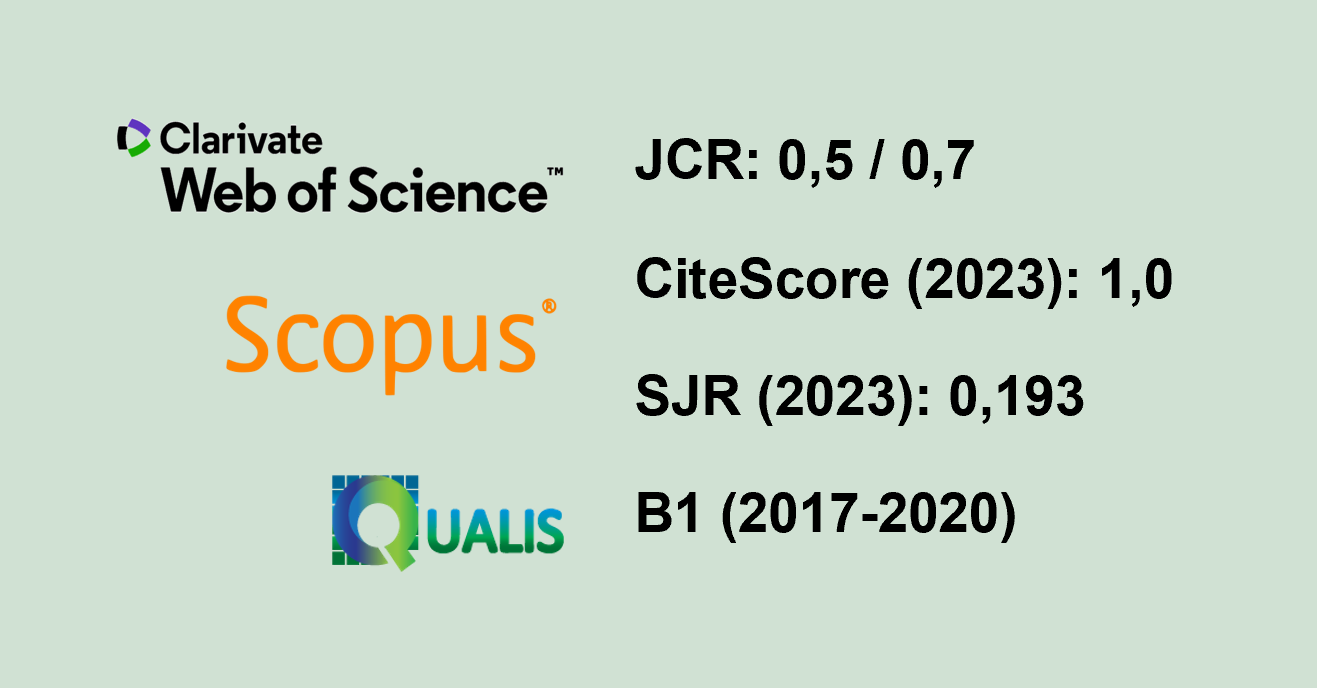INFLUENCE OF THE REPLANTING AGE ON YIELD AND GROWTH OF EUCALYPT CLONAL STANDS
Keywords:
Forest management, Clonal forestry, Planting uniformityAbstract
The growth of an eucalypt plantation should be monitored to identify factors that influence its development, helping in the decision-making process, aiming to reduce productivity losses. Thus, the objective of the present study was to evaluate the influence of the age of replanting on the yield and growth of eucalypt stands. The experiment was conducted in an area of CENIBRA S.A. Company, and established in a commercial plantation in August 2011. The application of herbicide and the ant control were performed in total area before planting. Seedlings of Eucalyptus urophylla × Eucalyptus grandis clones in 3.0 × 2.5 m spacing were used. Limestone (1,500 kg ha-1) was applied in total area before planting and 100 g plant-1 of NPK fertilizer (06-30-06) was applied immediately after planting. Four months after the installation of the experiment, 300 kg ha-1 of NPK (06-10-29) was applied. Treatments consisted of four dates of seedling replanting (0, 20, 40 and 80 days after planting) without complementary fertilization, and two treatments (replanting 40 and 80 days after planting) with supplementary fertilization (100g plant-1 NPK 06-30-06). The individual volume of replanting trees was 46.6% lower than of non-replanted ones. Treatments with complementary planting fertilization did not differ (p > 0.05) by the T-test. It is concluded that the longer the time between planting and replanting, the smaller the individual volume of the replanting trees and that the complementary fertilization in seedlings replanted does not favor their growth.
Keywords: Forest management; Clonal forestry; Planting uniformity
Downloads
Published
How to Cite
Issue
Section
License
Copyright (c) 2021 Revista Árvore

This work is licensed under a Creative Commons Attribution 4.0 International License.
All authors agreed to submit the work to Revista Árvore and granted the exclusive license to publish the article. The authors affirm that it is an original work and has not been previously published elsewhere. The scientific content and opinions expressed in the article are the sole responsibility of the authors and reflect their opinions, not necessarily representing the opinions of the editorial board of Revista Árvore or of the Society of Forest Investigations (SIF).




